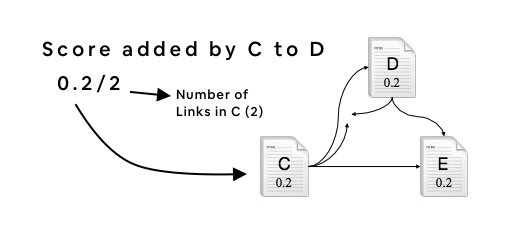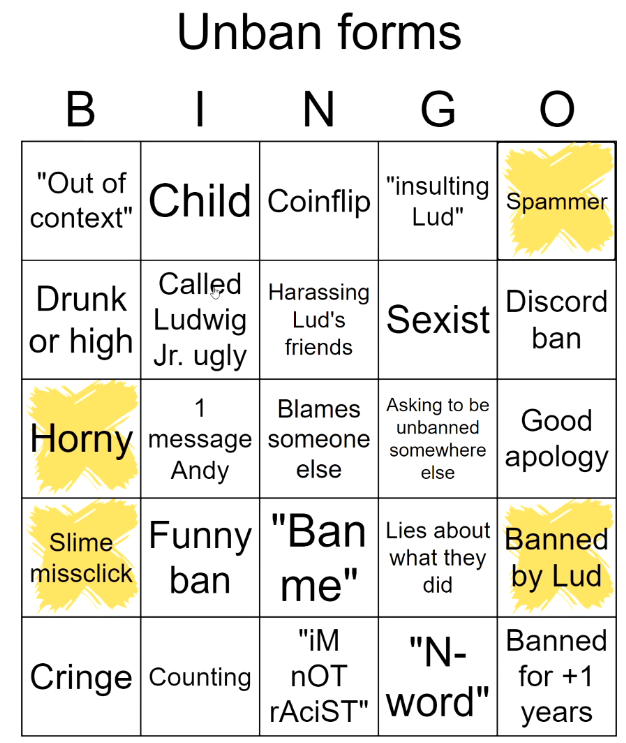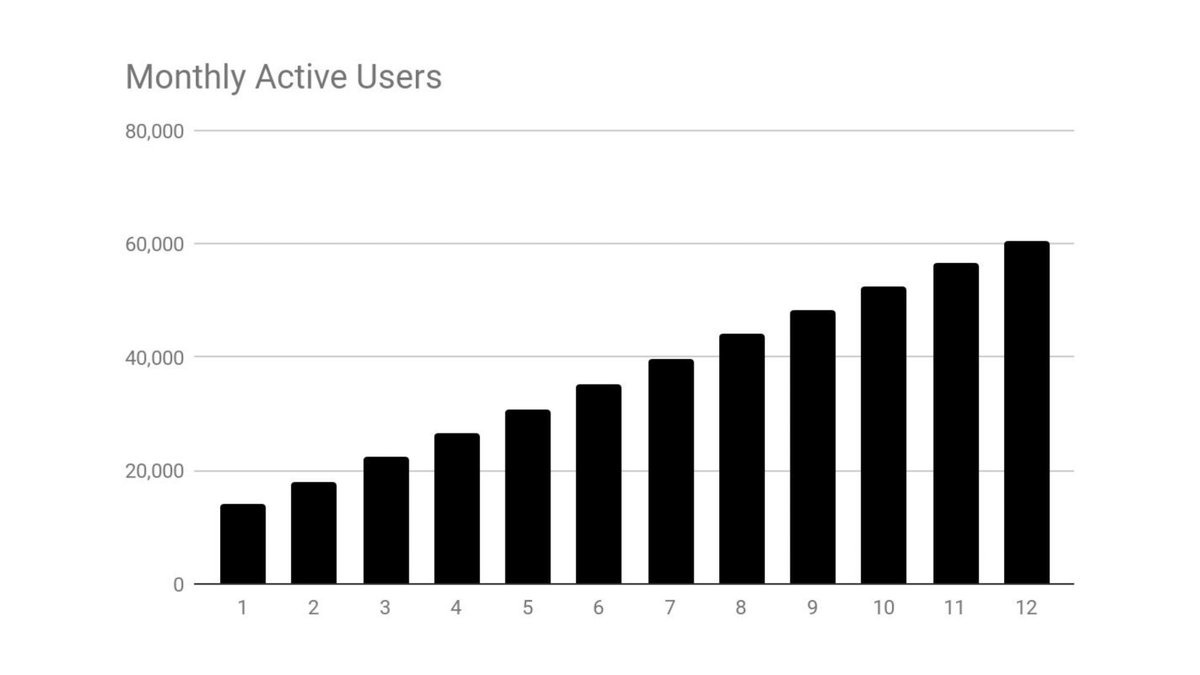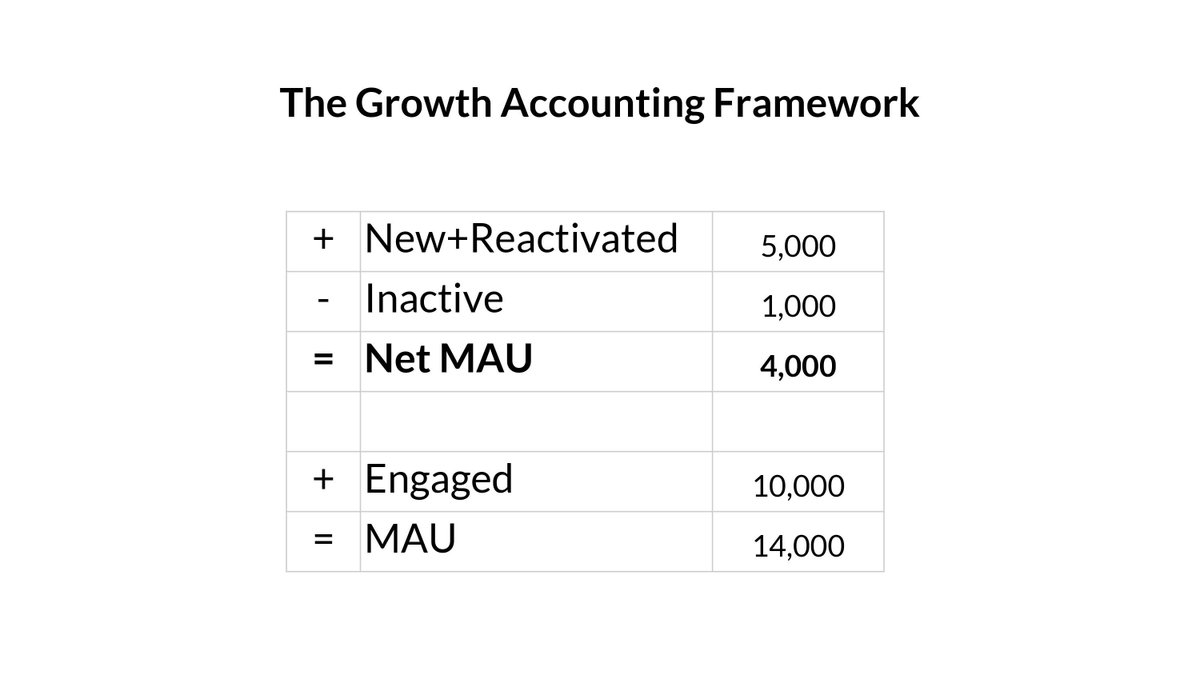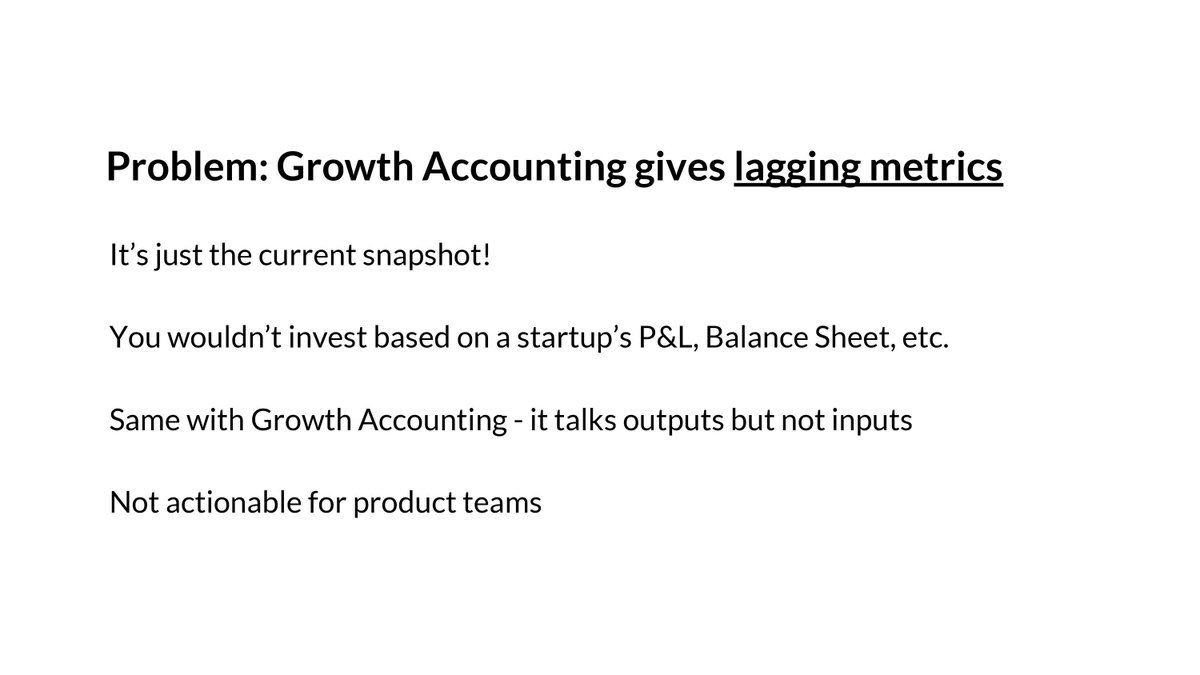Great question @trappology:
❓👉🏻 Do I recommend unlimited vacation days?
Here's my take. Thread 🧵 ⬇️
Hey @joelgascoigne do you recommend unlimited vacation days \U0001f44d or \U0001f44e for startups?
— Will Trapp (@trappology) December 19, 2020
With that said, I believe Unlimited Vacation gets more criticism than it deserves. Some even go as far as to say that Unlimited Vacation is unethical and a way to stop employees taking vacation.
We're all adults, and when we're part of something we really believe in, we should be trusted to manage our energy and our time.
If you create an environment where team members self-directed, motivated, and bought into the mission, then you can benefit by giving them far more freedom.
- Do we scrap it and go back to the status quo? That means quotas for time off.
- Or, do we push on and find a better solution? One that captures the very positive intentions of Unlimited Vacation, and avoids the downsides.
The result was Minimum Vacation. It seems almost obvious now, but at the time, we could have easily reverted to the status quo. I'm so glad we didn't.
I think the best option we have right now, is Minimum Vacation.
Our vacation minimum is at least 3 weeks (15 work days) of time off throughout the year, in addition to the public and religious holidays you observe.
Try those wild ideas. Question the status quo and try improved approaches.
Test whether those new ideas work, and adapt when they don't.
But fight for a new idea, that still improves the status quo. The world needs that innovation.
- https://t.co/o1fDircRVf
- https://t.co/pbvY6UZ95w
- https://t.co/DXA86logPk
More from Tech
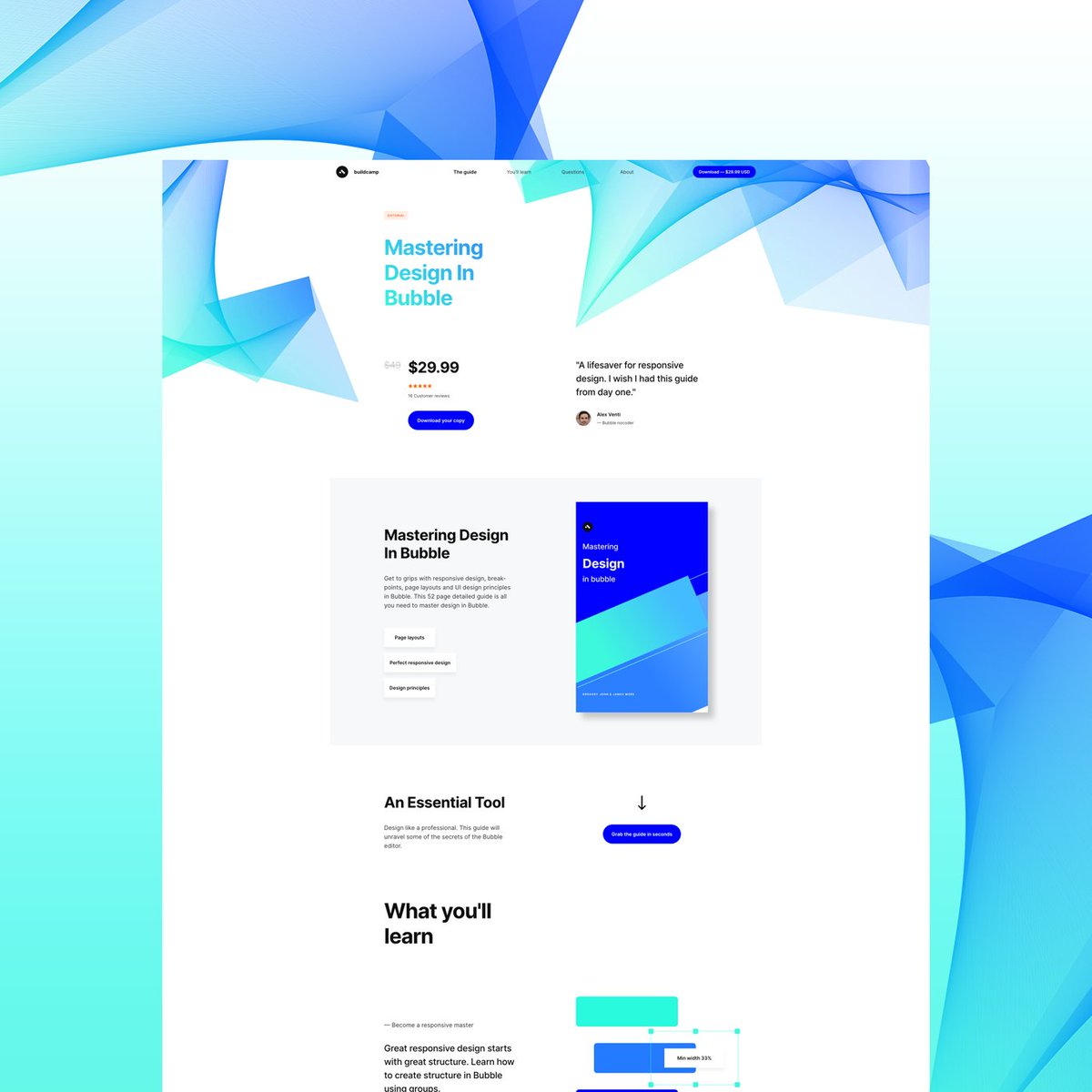
‘How I created @buildcamp sales funnel landing page in under 2hours’.
Preview here 👇
https://t.co/s9P5JodSHe
Power thread here 👇
1. Started with a vanilla bubble app ensuring that all styles and UI elements were removed. Created a new page called funnel and set the page size to 960px as this allows the page to render proportionately on both web and mobile when hitting responsive breakpoints.

2. Began dropping elements onto the page to ‘find the style’. These had to be closely aligned to our @buildcamp branding so included text, buttons and groups - nothing too heavy. Played around with a few fonts, colors and gradients and thus pinned down the following style guide.

3. Started to map out sections using groups as my ‘containers’ to hold the relevant information and imagery needed to pad out the sales pitch. At this point, they were merely blocks of color #ff6600 with reduced opacity set to 5% to ease page flair.

You May Also Like
RT-PCR corona (test) scam
Symptomatic people are tested for one and only one respiratory virus. This means that other acute respiratory infections are reclassified as
4/10
— Dr. Thomas Binder, MD (@Thomas_Binder) October 22, 2020
...indication, first of all that testing for a (single) respiratory virus is done outside of surveillance systems or need for specific therapy, but even so the lack of consideration of Ct, symptoms and clinical findings when interpreting its result. https://t.co/gHH6kwRdZG
2/12
It is tested exquisitely with a hypersensitive non-specific RT-PCR test / Ct >35 (>30 is nonsense, >35 is madness), without considering Ct and clinical context. This means that more acute respiratory infections are reclassified as
6/10
— Dr. Thomas Binder, MD (@Thomas_Binder) October 22, 2020
The neither validated nor standardised hypersensitive RT-PCR test / Ct 35-45 for SARS-CoV-2 is abused to mislabel (also) other diseases, especially influenza, as COVID-19.https://t.co/AkFIfTCTkS
3/12
The Drosten RT-PCR test is fabricated in a way that each country and laboratory perform it differently at too high Ct and that the high rate of false positives increases massively due to cross-reaction with other (corona) viruses in the "flu
External peer review of the RTPCR test to detect SARS-CoV-2 reveals 10 major scientific flaws at the molecular and methodological level: consequences for false positive results.https://t.co/mbNY8bdw1p pic.twitter.com/OQBD4grMth
— Dr. Thomas Binder, MD (@Thomas_Binder) November 29, 2020
4/12
Even asymptomatic, previously called healthy, people are tested (en masse) in this way, although there is no epidemiologically relevant asymptomatic transmission. This means that even healthy people are declared as COVID
Thread web\u2b06\ufe0f\u2b07\ufe0f
— Dr. Thomas Binder, MD (@Thomas_Binder) December 16, 2020
The fabrication of the "asymptomatic (super) spreader" is the coronation of the total nons(ci)ense in the belief system of #CoronasWitnesses.
Asymptomatic transmission 0.7%; 95% CI 0%-4.9% - could well be 0%!https://t.co/VeZTzxXfvT
5/12
Deaths within 28 days after a positive RT-PCR test from whatever cause are designated as deaths WITH COVID. This means that other causes of death are reclassified as
8/8
— Dr. Thomas Binder, MD (@Thomas_Binder) March 24, 2020
By the way, who the f*** created this obviously (almost) worldwide definition of #CoronaDeath?
This is not only medical malpractice, this is utterly insane!https://t.co/FFsTx4L2mw





